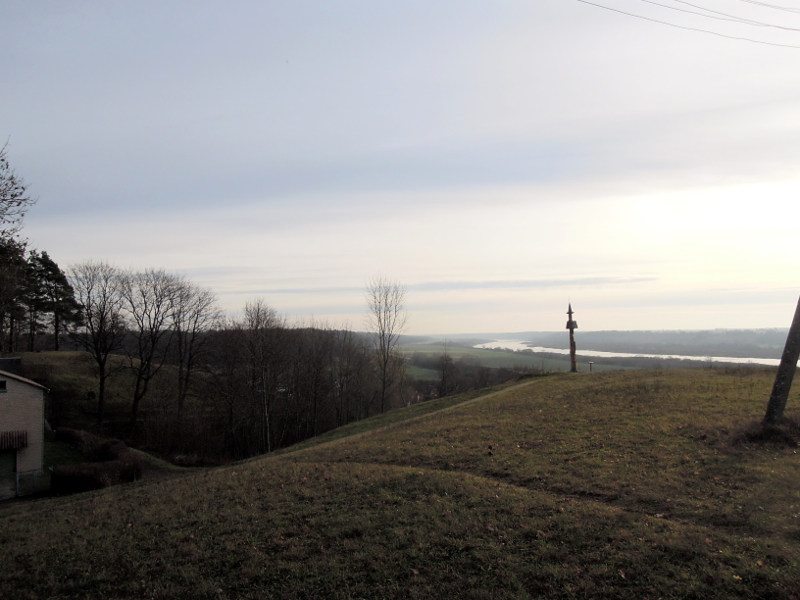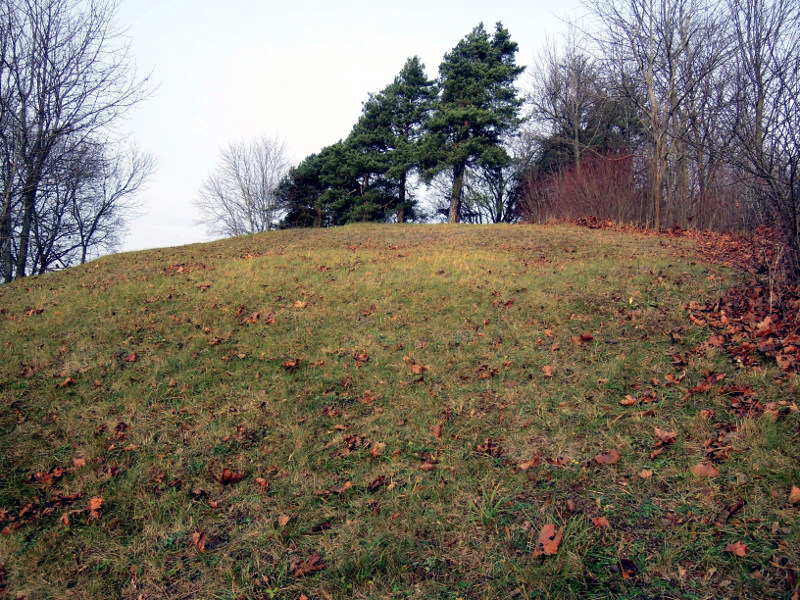Alternate names: Seredžius [Lith], Srednik [Yid], Sredniki [Rus], Średniki [Pol], Srednike, Seredžiaūs, Seredzhyus, Seredzhus, Seredius, Russian: Средники. סרעדניק-Yiddish. 55°05' N, 23°25' E, 23 miles WNW of Kaunas (Kovno), 26 miles E of Jurbarkas, on the banks of a narrow river between Vilnius and Vilkija. Seredžius' Jewish community was 1,090 persons in 1847. The 1897 population census was 1,174 Jews, down to 800 in 1914 (90%l) as a result of emigration to the USA and South Africa. In 1915, the Jews were deported to Russia by the Czarist government, the majority of whom returned after the war. Many Seredzius Jews engaged in trade, crafts, and farming plus a small distillery. In 1924, the Jewish Volksbank had 143 depositors. In the inter-war years, the local Jewish community had a synagogue, two cheders, a Hebrew school, a library, different political parties, charity organisations, and a Macabee games club. 1941 Seredžius Rural District Jewish population: 112 Jewish families (356 persons). [March 2009]
CEMETERY: The Jewish cemetery is uphill from the adjoining Lithuanian cemetery and off the path that leads to the church at the top of the hill. A memorial plaque marks the cemetery. There are virtually no stones remaining; we counted about ten, all at the rear of the cemetery in thick brush. Of these, we were able to read and record four. Another one of the tombstones had fallen just below the path where it lies face-up, densely shaded by shrubbery and trees. We also found tombstone fragments lining the path. At least one stone on its side is being used as edging for the privet hedge of the house along the path between the cemetery and the church. Eleven thick stone slabs of varying hue, reminiscent of tombstones, served as outside steps around the side of this house. Source: Dan Kirschner, 35 Gammons Road, Newton MA 02168. tel: 617-965-6839; This email address is being protected from spambots. You need JavaScript enabled to view it.
"Virtually nothing remains of Seredzius Jewish cemetery just up the hill from the Christian cemetery and across the street from the church. From the church, down the path is a small steep incline. There is a modern memorial stone representing the former cemetery. We did find a Jewish gravestone fragment on the path with the Hebrew word "nefter" (departed) on it. The Jewish cemetery probably was on the grassy incline up from the path. We found 2.5 overlooked Jewish gravestones back in the woods. To find these stones: Facing the memorial are old dirt steps up on the left side. Walk up and follow the path to the left about 30 meters to the back of a old house yard. Turn right and walk across the back of the yard. Walk through the bushes about 10 meters. In a small clearing 2 stones are near the small drop off. Then, 2 broken stones or bases are along the drop-off about 10 meters through the woods. Note: In the Mount Zion Cemetery in Queens, New York, there is a burial society for the landsmen of Vilkija and Seredzius." Sources: http://www.mrt5.com/Lithuania.html#Vilkija and http://www.mrt5.com/Lithuania.html
MASS GRAVE: When the Germans invaded, local Lithuanian authorities ordered the Jews to assemble at the synagogue; their homes taken by their Lithuanian neighbours. In mid-August, they were transferred from Seredžius to Vilkija Ghetto where 62 Jewish women and 14 men from Seredzius were killed on August 28. The 193 Jews (6 men, 61 women and 126 children) still in Seredžius Rural District paid 18,000 rubles and were killed on September 3 or 4 on the outskirts of Skrebenai village (2 km from Seredžius) by local Nazis. [March 2009] Forest Pakrakte near the village of Jaucakiai, 2 km from Vilkija, 96; pic. # 97 US Commission for the Preservation of America's Heritage Abroad.
Photos courtesy of This email address is being protected from spambots. You need JavaScript enabled to view it. [January 2016]


